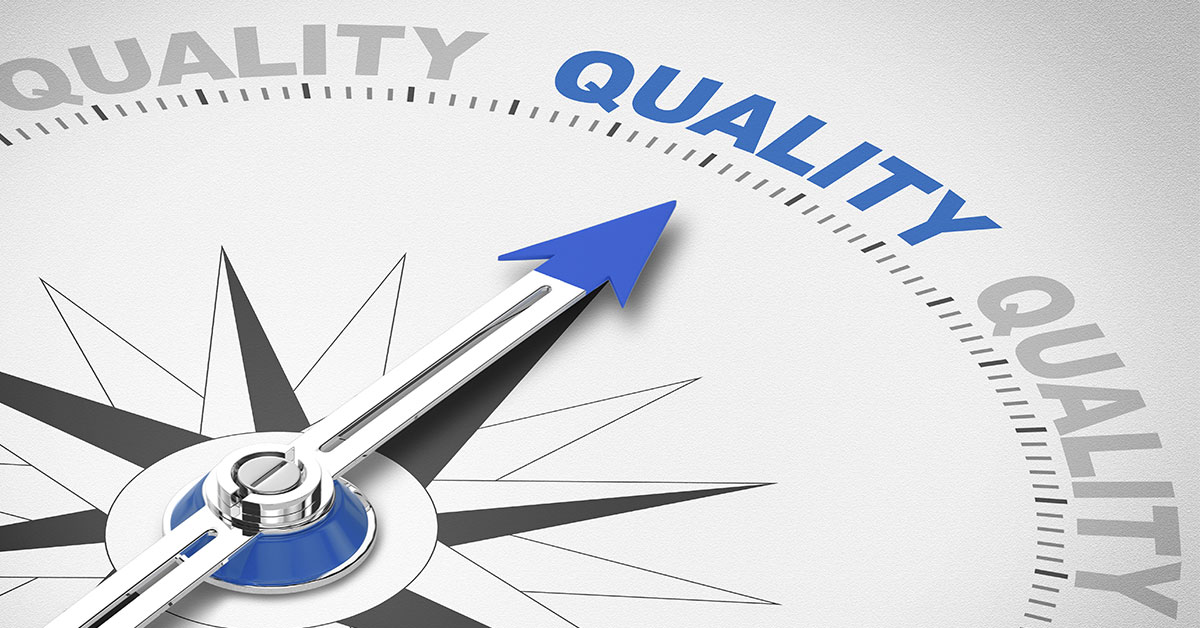An estimated 155 million persons under the age 65 were covered under health insurance coverage prepares offered by their companies in 2016. The Congressional Budget Office (CBO) estimated that the health insurance coverage premium for single protection would be $6,400 and family protection would be $15,500 in 2016. The yearly rate of boost in premiums has typically slowed after 2000, as part of the trend of lower yearly health care cost boosts.
This subsidy motivates people to purchase more substantial coverage (which puts upward pressure usually premiums), while likewise encouraging more young, healthy people to enlist (which places down pressure on premium costs). CBO approximates the net effect is to increase premiums 10-15% over an un-subsidized level. The Kaiser Household Structure approximated that family insurance premiums balanced $18,142 in 2016, up 3% from 2015, with employees paying $5,277 towards that cost and companies covering the rest.
The President's Council of Economic Advisors (CEA) explained how annual boost have fallen in the company market considering that 2000. Premiums for household protection grew 5.6% from 2000-2010, however 3.1% from 2010-2016. The total premium plus estimated out-of-pocket expenses (i.e., deductibles and co-payments) increased 5.1% from 2000-2010 however 2.4% from 2010-2016.
The law is designed to pay aids in the type of premium tax credits to the individuals or households buying the insurance, based upon income levels. Higher income customers get lower subsidies. While pre-subsidy rates rose significantly from 2016 to 2017, so did the aids, to reduce the after-subsidy expense to the consumer. a health care professional is caring for a patient who is taking zolpidem.
However, some or all of these expenses are balanced out by subsidies, paid as tax credits. For example, the Kaiser Alcohol Rehab Center Structure reported that for the second-lowest cost "Silver strategy" (a strategy often chosen and used as the standard for determining financial help), a 40-year old non-smoker making $30,000 per year would pay effectively the exact same quantity in 2017 as they performed in 2016 (about $208/month) after the subsidy/tax credit, regardless of big boosts in the pre-subsidy price.
The Ultimate Guide To What Is A Health Care Delivery System
To put it simply, the aids increased together with the pre-subsidy cost, totally offsetting the rate boosts. This exceptional tax credit subsidy is different from the cost sharing reductions subsidy terminated in 2017 by President Donald Trump, an action which raised premiums in the ACA marketplaces by an estimated 20 percentage points above what otherwise would have happened, for the 2018 strategy year.
In addition, many workers are picking to integrate a health cost savings account with higher deductible plans, making the impact of the ACA hard to figure out specifically. For those who acquire their insurance through their employer (" group market"), a 2016 study found that: Deductibles grew by 63% from 2011 to 2016, while premiums increased 19% and employee earnings grew by 11%.

For companies with less than 200 employees, the deductible averaged $2,069. The percentage of workers with a deductible of at least $1,000 grew from 10% in 2006 to 51% in 2016. The 2016 figure drops to 38% after taking company contributions into account. For the "non-group" market, of which two-thirds are covered by the ACA exchanges, a study of 2015 data found that: 49% had specific deductibles of at least $1,500 ($ 3,000 for family), up from 36% in 2014.
While about 75% of enrollees were "extremely pleased" or "rather satisfied" with their choice of medical professionals and healthcare facilities, just 50% had such complete satisfaction with their annual deductible. While 52% of those covered by the ACA exchanges felt "well safeguarded" by their insurance coverage, in the group market 63% felt that method.
prescription drug spending in 2015 was $1,162 per person usually, versus $807 for Canada, $766 for Germany, $668 for France, and $497 for the UK. The reasons for higher U.S. healthcare costs relative to other countries and in time are discussed by professionals. Bar chart comparing health care costs as portion of GDP across OECD nations Chart showing life expectancy at birth and healthcare costs per capita for OECD countries since 2013.
10 Easy Facts About What Is A Health Care Provider Shown
is an outlier, with much higher spending but below average life expectancy. U.S. health care costs in 2015 were 16.9% GDP according to the OECD, over 5% GDP higher than the next most pricey OECD country. With U.S. GDP of $19 trillion, healthcare costs had to do with $3.2 trillion, or about $10,000 per individual in a nation of 320 million people.
Simply put, the U.S. would have to cut healthcare expenses by approximately one-third ($ 1 trillion or $3,000 per person typically) to be competitive with the next most costly country. Healthcare costs in the U.S. was dispersed as follows in 2014: Medical facility care 32%; doctor and clinical services 20%; prescription drugs 10%; and all other, including lots of classifications separately comprising less than 5% of costs.
Crucial differences consist of: Administrative expenses. About 25% of U.S. healthcare expenses associate with administrative expenses (e.g., billing and payment, rather than direct arrangement of services, materials and medication) versus 10-15% in other nations. For instance, Duke University Healthcare facility had 900 healthcare facility beds however 1,300 billing clerks. Presuming $3.2 trillion is invested in health care each year, a 10% savings would be $320 billion each year and a 15% savings would be almost $500 billion per year.
A 2009 research study from Rate Waterhouse Coopers estimated $210 billion in cost savings from unneeded billing and administrative expenses, a figure that would be significantly greater in 2015 dollars. Cost variation throughout health center regions. Harvard economic expert David Cutler reported in 2013 that approximately 33% of healthcare spending, or about $1 trillion annually, is not associated with enhanced results.

In 2012, typical Medicare compensations per enrollee ranged from an adjusted (for health status, earnings, and ethnic culture) $6,724 in the most affordable spending area to $13,596 in the highest. The U.S. invests more than other nations for the very same things. Drugs are more pricey, physicians are paid more, and providers charge more for medical devices than other nations.
The Buzz on What Is Fsa Health Care
costs on physicians per person has to do with five times higher than peer countries, $1,600 versus $310, as much as 37% of the space with other nations. This was driven by a greater usage of professional doctors, who charge 3-6 times more in the U.S. than in peer countries. Greater level of per-capita earnings, which is correlated with higher health care costs in the U.S.
Hixon reported a study by Princeton Professor Uwe Reinhardt that concluded about $1,200 per individual (in 2008 dollars) or about a third of the gap with peer nations in health care spending was because of greater levels of per-capita income. Higher earnings per-capita is correlated with using more units of healthcare.
The U.S. consumes 3 times as many mammograms, 2.5 x the number of MRI scans, and 31% more C-sections per-capita than peer nations. This is a mix of higher per-capita earnings and higher usage of specialists, to name a few aspects. The U.S. government intervenes less actively to require down costs in the United States than in other countries.